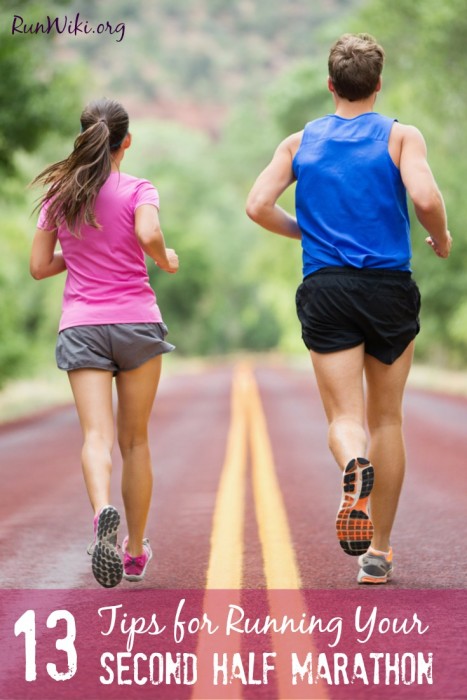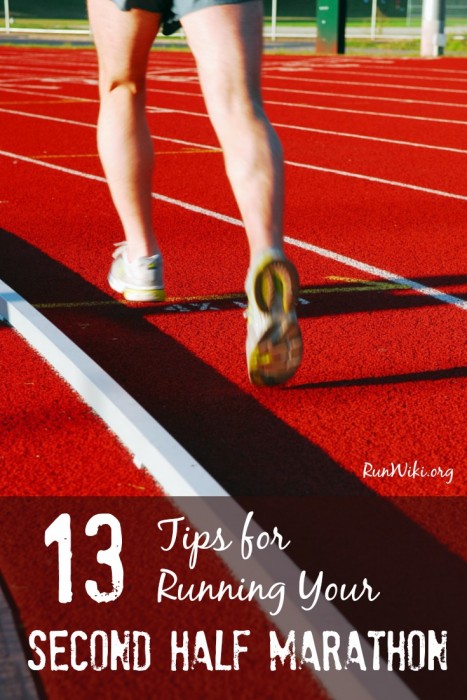
So you’ve run your first Half Marathon and you’ve got the bug. I know this feeling all too well. I can remember running mine and the feeling of accomplishment pouring through my veins. I will never forget that moment. It was March 2008, we were living in Northern Virginia, and I had three small children at home. I was sleep deprived, new to the area, and feeling like I needed something more from life. I had been running for several years, but had never entered race. At that time in my life I thought races were only for really fast runners. My friend Heather, encouraged me to sign up and give it a try. I was terrified. I could not wrap my brain around running that far, but I had seen her do it multiple times.
I was vulnerable at the time, and the fact that she believed in me so much felt good. She knew I could do it long before I did. I sat in front of the computer looking at the race, and slowly typed in my credit card info. I must have hovered over the “Pay” button for a good 10 minutes before making the plunge. After I made the commitment, I was scared, “what had I gotten myself into?” “who do I think I am?” “when am I going to find the time to train for this with three small children.”
As race day got closer, I was nervous, but excited. I toed the starting line full of hope and excitement. I did really well up until mile 11, and then it got ugly. I slowed down, but I finished. I am not going to lie, I cried tears of relief and happiness. It wasn’t so much the race as it was all of the work I put into that moment. It reminded me that I’m tougher than I think I am, and that when I put my mind to something, I can achieve it. It was an amazing feeling, and I was hooked.

Tips for Your Second Half Marathon
I am assuming if you’re reading this, that you may have run at least one half marathon before, or perhaps you’re a beginner who would like to start training more seriously. If you’ve never run 13.1 before, you’ll want to start with this post HERE.
If you have run one, did you get the “this is amazing” feeling at the end? What were some of the emotions going through your mind at the finish? For my first go around, I followed almost all of the tips I gave in this post- Simple Tips for Running Your First Half Marathon, but when I ran my second, I wanted a little more.
I hope that you will find these tips realistic and useful. You may find that you apply a few or all of these tips, but the key here is making a small change from your first. Maybe you’re not ready to incorporate every tip on this next race, but try even one small change and it might make a big difference.
1. Training Plan – Follow a 12 to 16 week training plan. I recommended Runner’s Connect (you can purchase individual plan or have continuous support by joining a 16 week plan that comes with group and coach support for the 16 weeks you are training) and if you’re on a budget, I found the book Run Less Run Faster to be helpful when I first started running.
2.Pre-Race Nutrition – What I mean by pre-race is having a nutrition plan during your 16 weeks of training and what to eat the days leading up to your race. I am extremely fond of the book New Rules for Half Marathon and Marathon Nutrition by Matt Fitzgerald for both Pre-race and Race Day nutrition.
3. Core and Strength – In order to increase your speed, you will need to incorporate strength work into your training plan. If you decided to go with Runner’s Connect, they have a plan established for you. I found it it to be very effective. If not, here are a few good resources to get you started:
Quick Strength for Runners by Jeff Horowitz (book)
5 Basic Strength Training Moves for Runners by Marcia’s Healthy Slice
4. Race Day Nutrition and Hydration Plan – Both Runners Connect and The New Rules of Half Marathon Nutrition by Matt Fitzgerald go into how to calculate the right amount of calories and fluid you will need on race day. You will need to modify your plan if the temperatures are high.
5. 3 Key Workouts – If you decide not to go with a plan, you’ll need to do three key workouts a week. One interval or track workout, a Tempo run, and a Long run.
6. Sleep – One of the most important aspects of training is getting enough sleep. Try to be more disciplined about getting to bed at a decent hour. Not only does your body need rest to recover from those tougher workouts, but getting enough sleep gives you the energy to get through them as well. Here are a few tips for getting better sleep HERE.
7. Base Building – If you plan ahead and start running before your 16 week training plan, then you should establish a very nice base of fitness to enter into a more challenging training cycle. Base building still includes your three key runs, but at a much easier pace than during your 16 week training cycle. Read more about that HERE.
8. Anti inflammatory foods – Some studies suggest that eating foods that reduce swelling in the body aids in the recovery process. The quicker you can recover from one workout, the better and stronger you will be for the next. HERE are a few tips for easing muscle soreness.
9. Foam Roll – Invest in a good Foam Roller! Rolling out your body increases blood flow to those areas and, again, aids in the recovery process. Here are few articles about How to Foam Roll:
3 Foam Rolling Exercises by Jenny Hadfield
Foam Roller Basics … Video Series by Runner’s World
How To Use A Foam Roller by Happy Fit Mama
Introduction to Foam Rolling by Lean Green Bean
10. Schedule a massage – If you can afford it, investing in a massage, even if it’s once a month, aids in recovery. Recovery might be the single most important part of training for a big race.
11. Establish a time goal – It could be that you’d like to finish without walking, or it might be to finish in 2 hours. Whatever your goal is, it’s good to have one. However, have a Plan B, you never know what can unfold come race day. It’s always good to have a second, and even third, goal in your mind to eliminate disappointment. Example: your goal might be to finish without walking, but at mile 10 you have stomach issues… it’s okay to walk, make your plan B to finish.
12. Dress accordingly – Everyone is a little different in this department, but the rule I use is to find out the temperature on the day of your race and add 20 degrees. Example- it will be 60 degrees out on the day of your race, dress as if it’s 80 degree’s. Wear throw away clothes at the start when you aren’t running and it’s cold. Most races have a donation bucket you can toss these items in. This is a great article about what to wear:
Exactly What To Wear to Run Comfortable in any Weather by Cosmopolitan
13. Prepare yourself mentally – Don’t make the mistake of thinking it will be a breeze from start to finish. It’s probably going to be uncomfortable at some point, but it’s best to not let the discomfort get the best of you. If you can, disconnect from the that inner voice that wants to quit– that is of course unless it is true pain.. then we always stop. Love this article on how to get ready for your race–> How to Mentally Prepare for a Half Marathon by Mommy Got Fit.
13 Realistic Tips for Running Your Second Half Marathon #FitFluential #RunChat Click To TweetOkay, I think that wraps it up. This may seem overwhelming, so even if you incorporate just one or two of these tips into your next Half Marathon, you’ll see a big difference.
I’m going to guess that if you are interested in running your second race, that you’ve caught the running bug! Running can transform your life. It teaches us so much about ourselves: that we are stronger and more capable than we think we are and that we can push through discomfort and conquer something big. Go out there are give it everything you’ve got and, above all, enjoy race number two! Thank you for reading.
For simple tips on running your FIRST Half Marathon, take a look HERE.

For more running and food inspiration follow me on Pinterest –
How about you? What tips would you add to this list? Do you have the running bug?
